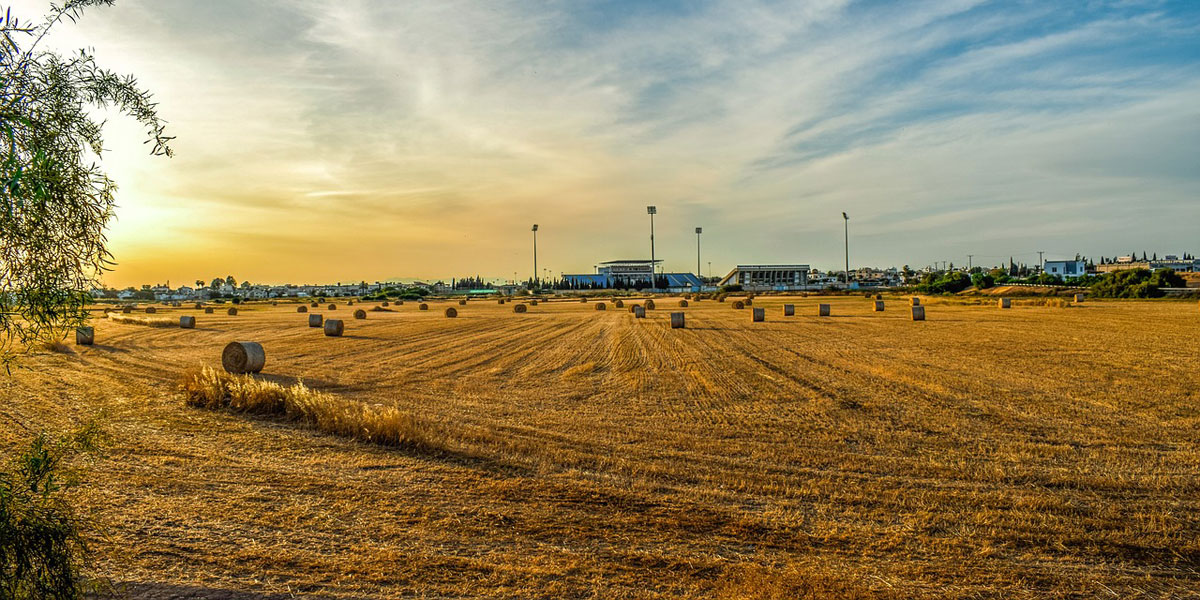
The coronavirus is forcing farmers from American corn producers to French beekeepers to shift their line of production. The heat of the pandemic is a challenge for agriculture, one of the oldest human livelihoods, as farmers worldwide are changing their ways of cultivating the soil.
The economic impact of COVID-19 is no doubt devastating. Almost every sector has been impacted by this pandemic. It has also marked its impact on farming. Between different regions and between producers and agricultural wage laborers, its impact varies widely. This B2B Agricultural Production impact will reverberate throughout the broader economy and will last longer than a few months.
- Markets and Agricultural Markets
In order to limit the spread of virus, there is seen rising rates of concern, avoiding unnecessary travel, maintaining social distancing, avoiding crowds, avoid getting closures, and other such preventive measures. Also eating away from home, food and overall spending people are making difficult decisions. That is likely to impact Agricultural Production USA. Across other countries, there have also been bottlenecks at ports as ships are waiting to be filled with U.S. dairy and other farm products.
- Slowdowns and Shortfalls in the Supply Chains
With the disruption of logistics and attempts to slow the spread of the virus, several sectors of the related industry are already affected. The "panic buying" creates additional concern with certain products. If the virus would spread more widely in an agricultural environment, then we could see difficulties in transporting agricultural goods and in pickups, for example, because of illness, the milk truck drivers-stay home, or care for family members or school-age children. It would affect processors with those same concerns. Slowdowns may also affect the movement and availability of fertilizers, fuel, and other inputs as we head into spring. In an extreme situation, we might have problems with infrastructure – electricity, natural gas, supply availability-based propane, or labor shortages. However, utilities usually do strong contingency planning work to cover up the effects of unexpected events.
- Health to Producers
Farmers throughout the Midwest, as compared with the general worker population, are a relatively older population. The 2017 AG census shows that the average age of farm operators in most other sectors is nearly 58 – at least a full 10 years older than workers. And 26% are 65 years old and older, unlike other farmworkers in the sector. Our main farmer is 11.7 percent older than 75 years old. Evidence from other countries that did more research indicates that COVID-19 has a strength of 60 and older people dramatically increased, indicating that the prevention and safety recommendations for our farming industry are essential to CDC and state (and local) public health experts.
At this time, various reforms such as land leasing, contract farming, and private agricultural markets could have been announced to give the agricultural sector a boost and drive its growth. Work to tackle COVID-19’s impacts on our Agricultural Production India needs to be accelerated and guided by suggestions and experiences from around the world.
